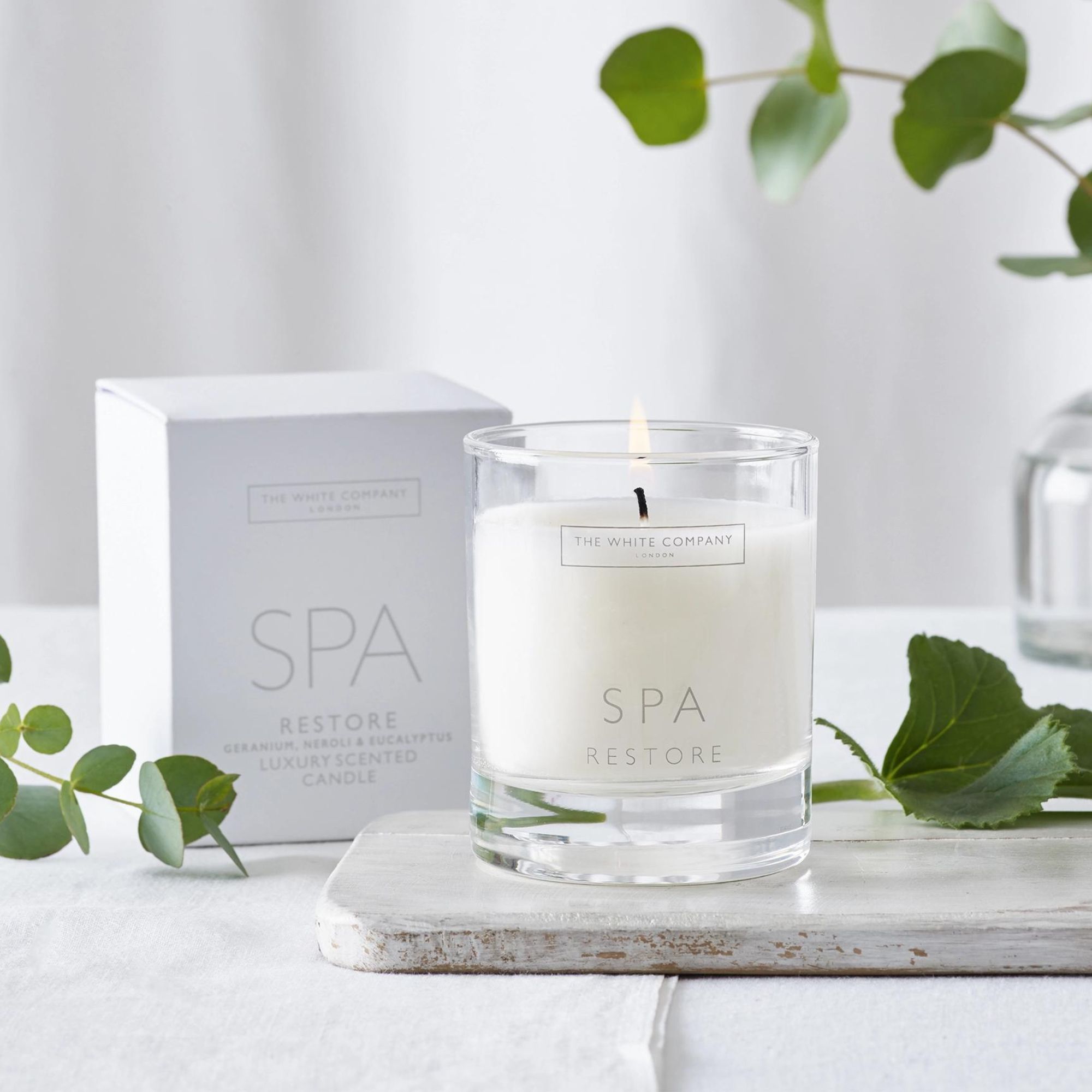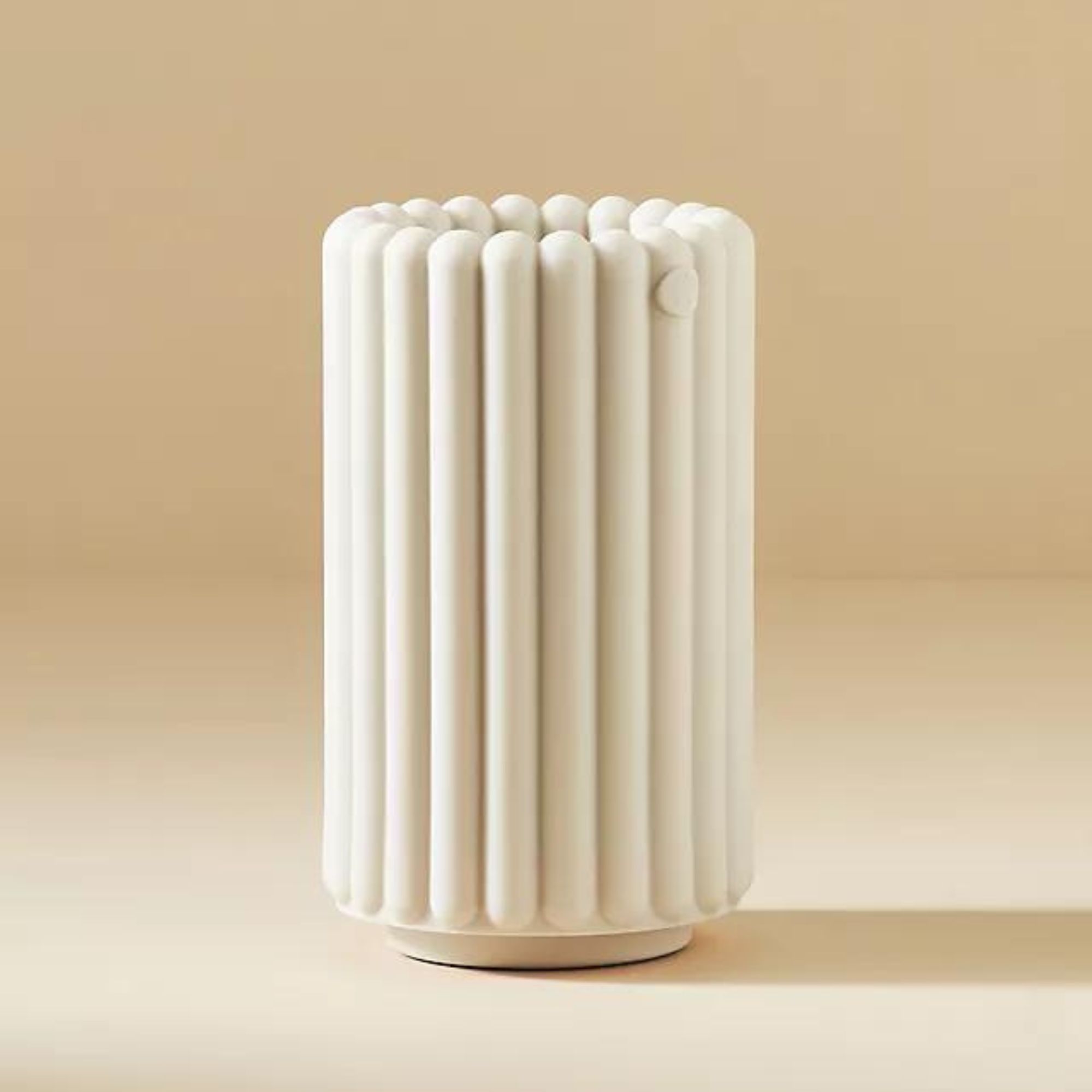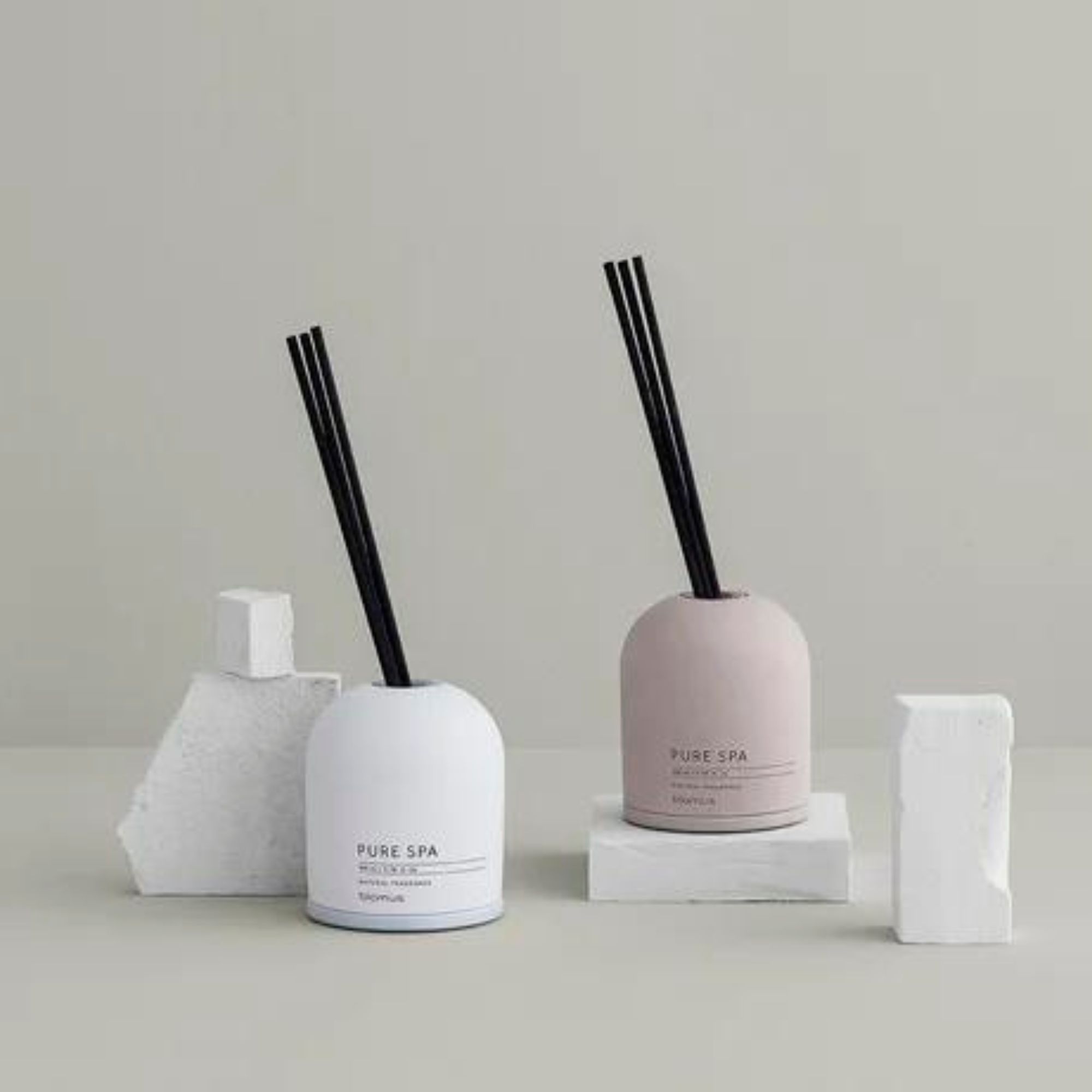How can you make a home more relaxing? 6 ways to ensure your spaces are as zen-like as possible
From calming scents to ambient lighting, these ideas are key to making your home more relaxing


Our homes are the one place where we should be able to kick back and relax comfortably. For some of us, one or two rooms have relaxing qualities, while others feel their homes have no space that feels like a sanctuary.
Making your home feel more relaxing needn't be a huge job – there are plenty of happy room ideas that promote relaxation that require smaller alterations and fixes. Calmness and relaxation are closely tied with our senses, so think about what makes you feel most relaxed. Perhaps it's a scent or a soothing color scheme, or maybe it's about mood lighting and cozy spaces.
If you're unsure where to start with making the rooms in your home a relaxing oasis, try making some of these key changes recommended by interior designers. You'll have a renewed sense of joy and comfort in your home in no time.
How to make a home more relaxing
Whether you're sharing your space with others, trying to make a small space work hard, or simply can't figure out what's making your home feel restless, these expert-approved ideas are sure to help you get to the root of your home's problems, so you can create the relaxing haven you've always wanted.
1. Declutter your home before you decorate

We've all heard the age-old saying 'tidy space, tidy mind', and though it may be one of those things we brush off, it really does apply to our homes. If you're surrounded by chaos and clutter, how can you properly unwind and relax?
'Your home is your sanctuary. It's where you should feel safe and relaxed when life gets overwhelming. Certain decorating choices help foster that sense of relaxation, and making your home a place of rest and calm is key to promoting mental peace and wellness,' explains Cinzia Moretti, Creative Director at Moretti Interior Design.
'Before starting any decoration, the first thing to do is declutter room by room and choose the items you want to keep. This can help you feel more calm and relaxed and relieve stress, while cluttered rooms can have the opposite effect on your mood and mental health,' she adds.
Design expertise in your inbox – from inspiring decorating ideas and beautiful celebrity homes to practical gardening advice and shopping round-ups.
2. Choose a color scheme that makes you feel relaxed
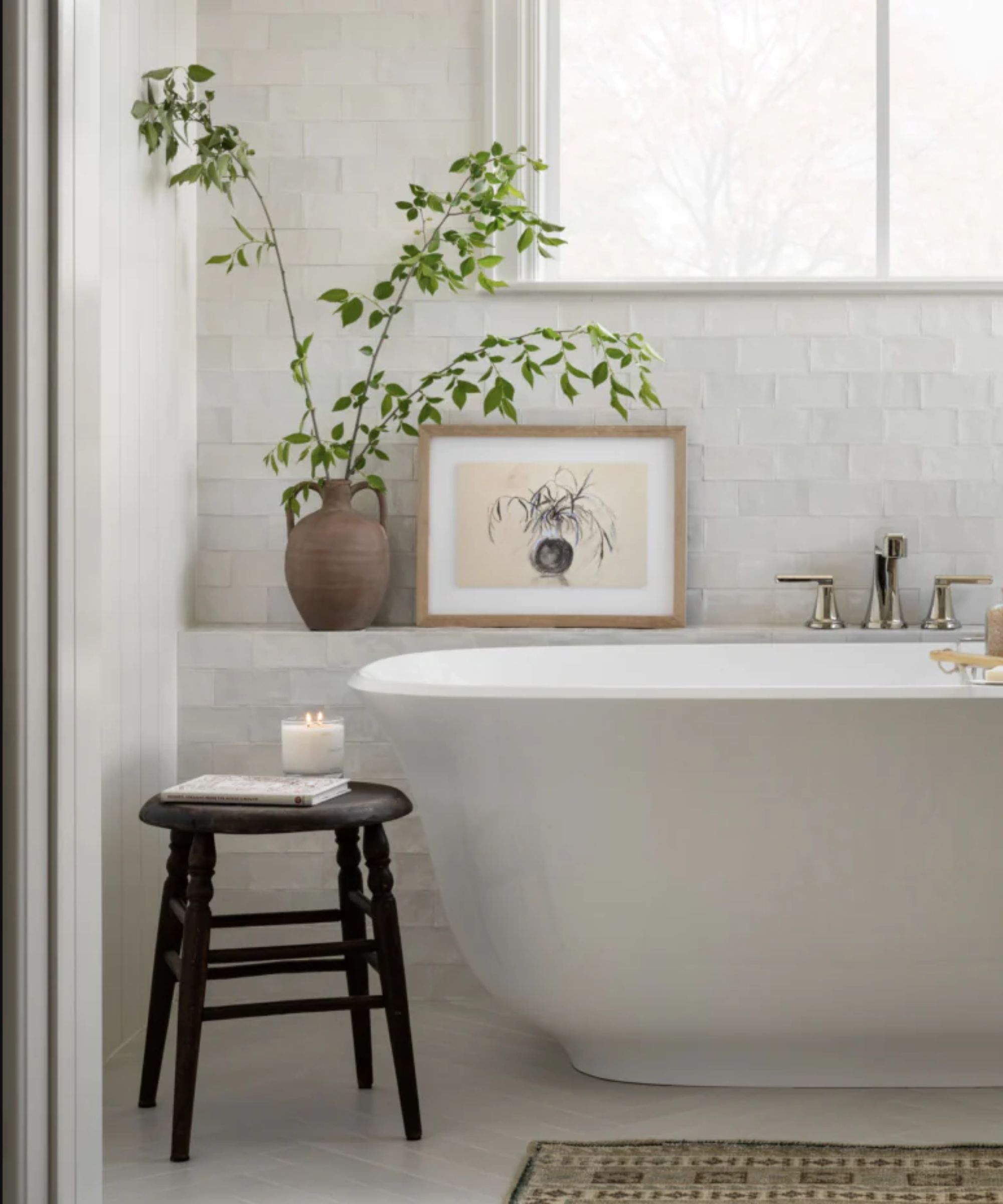
Color is, of course, an aesthetic feature in a room, but different hues are linked to different emotions, so whichever palette you go for, make sure it promotes the relaxing atmosphere you are trying to create.
'When it comes to interior decoration choosing the right color palette can certainly make your room feel more relaxing. Creating a calm environment means using mainly a monochromatic palette with neutral colors and textures, as using bright colors can be stimulating and busy patterns can be overwhelming,' says Cinzia Moretti.
Neutral colors are the go-to for many people who are trying to create a relaxing space, but make sure you add interest through other means so your space still has a stylized feel to it. 'Using a neutral palette can result in a boring and flat interior,' she warns. 'Make sure that you embrace textures and layering to create interest.'
Not everyone enjoys neutral schemes, but rest assured, there are plenty of calming colors that promote serenity. 'When it comes to choosing the color that makes you feel relaxed, everyone can pick a different hue. In fact, each hue affects distinct psychological modes, and we should listen to our subconscious response when choosing the color that we want to be surrounded by when we want to relax,' advises Cinzia.
Muted tones, especially blues and greens, can create a serene calming effect, as can pastel tones like lavender and pale pink. If you don't want to fully lean into these more saturated hues, try striking a balance with neutrals. 'There is no right or wrong in color, and everyone can feel relaxed with a different color,' says Cinzia. 'If you want to add just a pop of your favorite color, and use natural tones like beiges, greiges, and greys then you can play with accessories, cushions, and throws.'
3. Choose a signature scent for relaxing

To create a space where you can really relax and unwind, you need to choose a scheme that caters to all of your senses. One such sense that really comes into play when making your home more relaxing is scent.
'I always advise my clients and customers not to forget about the scent of a home when they're adding finishing touches meant to invoke relaxation,' says Kathy Kuo, CEO of Kathy Kuo Home. 'Scent is the sense with the strongest tie to memory, so adding a signature scent to your home—with scented candles, oil diffusers, or vases of fragrant flowers—is a wonderful way to ensure that your home is not only relaxing, but that it's a place where happy and calm memories are being made!'
A great way to emphasize a sense of relaxation is to choose a signature scent that you use only when you are unwinding. 'A pleasant aroma can activate your brain and help you to feel comfortable and relax in the space,' adds Cinzia Moretti. Choose a fragrance, whether that be a candle or diffuser, infused with lavender, ylang ylang or sandalwood, or for opt for scents created with a spa or nature in mind.

Kathy Kuo is a celebrated interior designer and international guru within the home and lifestyle space. She has 20+ years of experience in the design industry.
4. Create a relaxing ambience with lighting
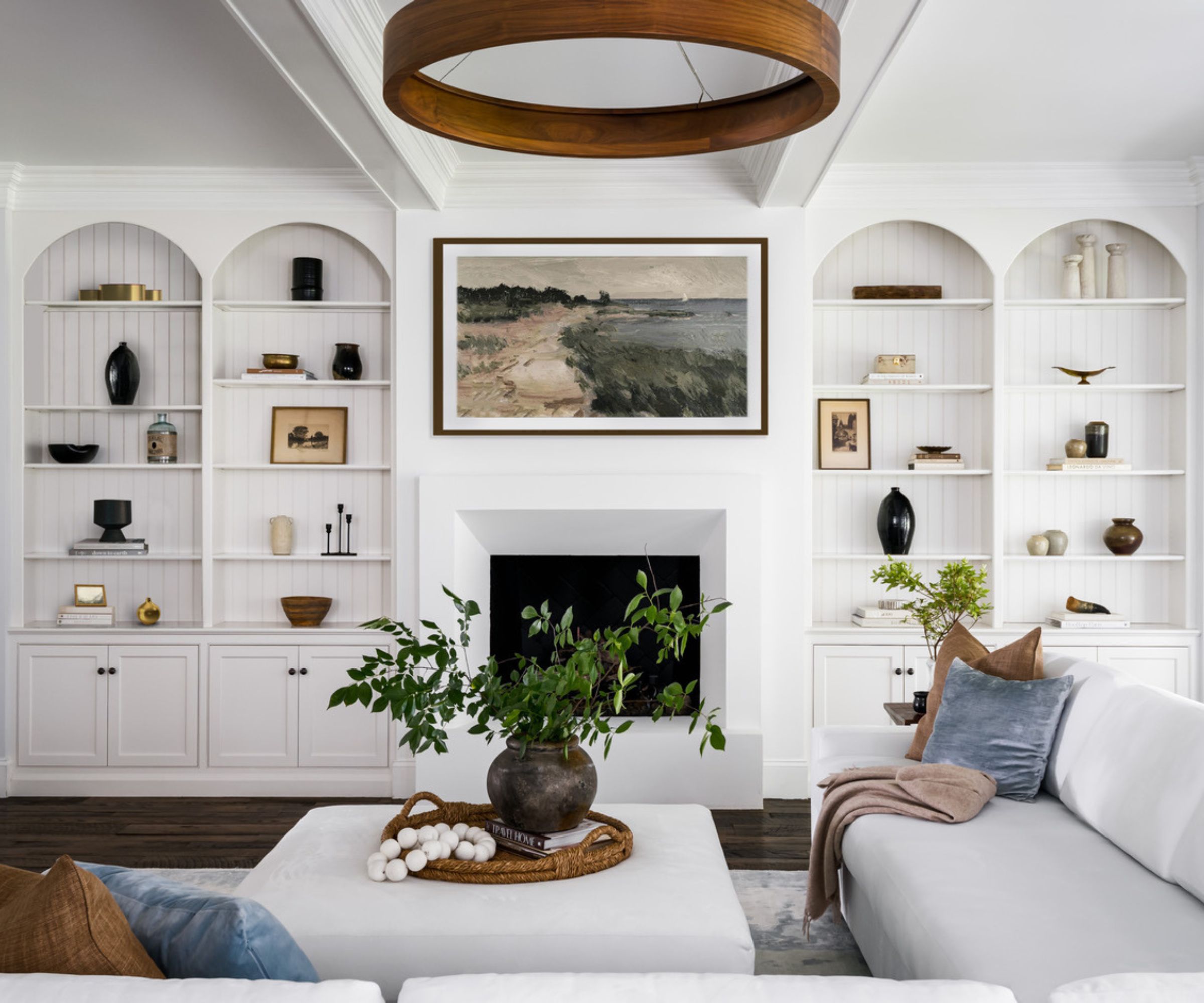
Ambiance is key to making your home more relaxing, so ensuring the lights in your spaces of relaxation are giving off the right brightness and tone of glow will make all the difference. 'Lighting is so important in creating a versatile, relaxing home. Have you ever been to a restaurant for dinner and the lights are either too bright, too cool or too focused on you and your table? Those elements can be very distracting and don't allow the eyes to rest in scenarios when they want or need to,' explains Sheena Murphy, founder of Nune.
'It's the same in a home, and the easiest way to achieve lighting that works with your mood or the program of a room is to install dimmers. It's quick, easy and inexpensive. If you want to go one step further here, ensure you have multiple light sources in a room; floor, wall, ceiling and table will all work if your space can hold them and that will allow maximum flexibility in creating a relaxing ambience. For me, wall lights are really where the magic happens,' she adds.
There is much to be said about how daylight offers health benefits, so try to allow as much natural light into your home as possible. 'Light is a key when it comes to our human relaxation trigger. Make sure that you have plenty of natural light during the daytime and soft moody light in the evening. Natural light has several benefits for your mental health. It can help to improve your mood, increase productivity, and reduce stress levels,' advises Cinzia Moretti. 'If your home doesn’t get a lot of natural light, try adding some mirrors to reflect light around.'
If your home doesn't get much daylight, whether it's due to location or lack of windows, try adding lighting that echoes being outdoors to promote a relaxing feel. 'Try to use bulbs that mimic the outdoors. There is nothing less relaxing than a terribly bright bulb that you have to strain to look at,' says Kristin Harrison, interior designer and owner of Bungalow 10 Interiors. 'There are also many proven health benefits by adding the right illumination to your space. You can actually increase your focus and alertness levels, not to mention support your body’s natural sleep cycle.'
5. Introduce a sense of coziness with high-pile carpets
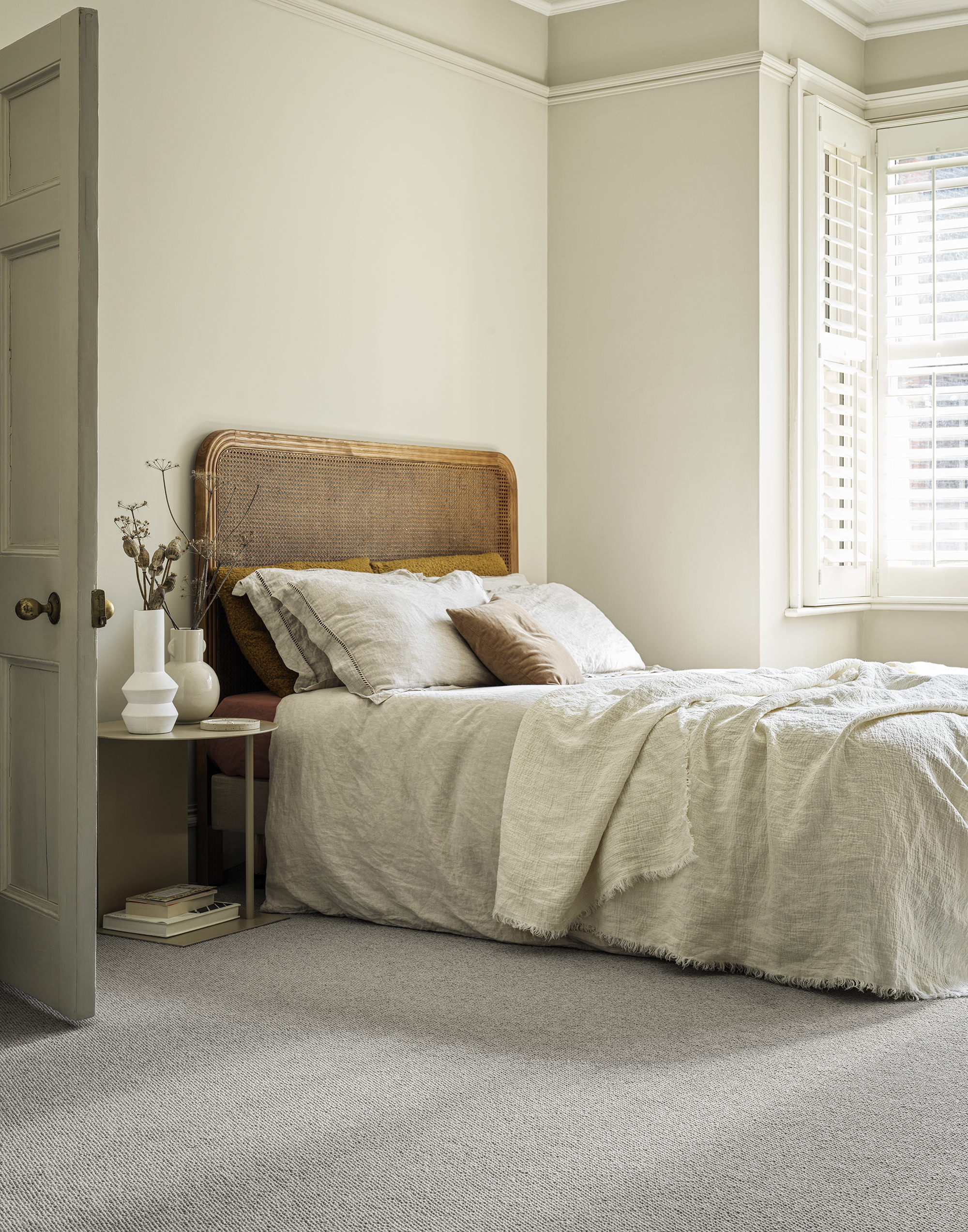
Flooring has a bigger impact on our homes than you might think. Hardwood flooring offers an air of sophistication to a space, and has plenty of practical benefits in utilitarian spaces, but it can also feel cold. In rooms where it makes sense, consider adding a thick carpet. It not only helps to add warmth to areas for relaxing and getting cozy, but it also helps with sound, so you can really enjoy some peace and quiet.
'High-pile carpeting or rugs create a soothing softness underfoot and can contribute to insulating noise levels throughout the home,' says Sarah Barnard, of Sarah Barnard Design. 'This softening of sound can help create a serene level of quiet and relaxation.'
If you have existing hard flooring that you can't change, try layering luxurious rugs with varying textures to introduce that sense of coziness. This way, you can recreate the feeling of a carpet without the extra cost of changing your floors. Rugs that are easy to clean can also be added to rooms like the kitchen and utility room to make them feel a bit more homely.
6. Add plants and nods to nature

When it comes to making a home more relaxing, nature is always referenced, whether it's the color scheme or the lighting. Another way to introduce nature to a space is to actually add house plants.
'Consider adding some plants to your home to create a more calming atmosphere. Plants have a number of benefits for your mental health and well-being. They can help to purify the air, boost your mood, and some plants reduce stress levels,' says Cinzia Moretti.
House plants aren't for everyone, whether you're notorious for not keeping up with plant care, you have allergies or pets that are sensitive to certain greenery, you can introduce plants through decorative additions. 'Emphasizing the view of nature helps with your relaxation. Try creating an indoor/outdoor look using wall murals to create a nature analogy, or using natural textures,' Cinzia recommends.
It's easy to let our homes lose their sense of serenity, but with a few thoughtful changes, they can become a place of relaxation once again. It's important to remember that what's relaxing for one person might not feel the same for you, so make sure you add a personal touch tailored to your preferred way of relaxing. Instead of jumping straight into a makeover, introduce some of the subtle changes suggested by interior designers – you'll be able to see a change in no time!

I’ve worked in the interiors magazine industry for the past five years and joined Homes & Gardens at the beginning of 2024 as the Kitchens & Bathrooms editor. While I love every part of interior design, kitchens and bathrooms are some of the most exciting to design, conceptualize, and write about. There are so many trends, materials, colors, and playful decor elements to explore and experiment with.
